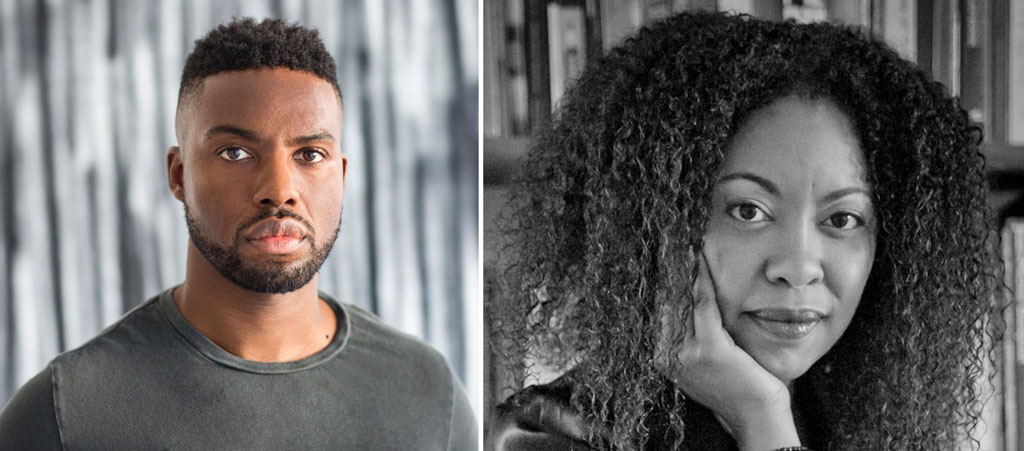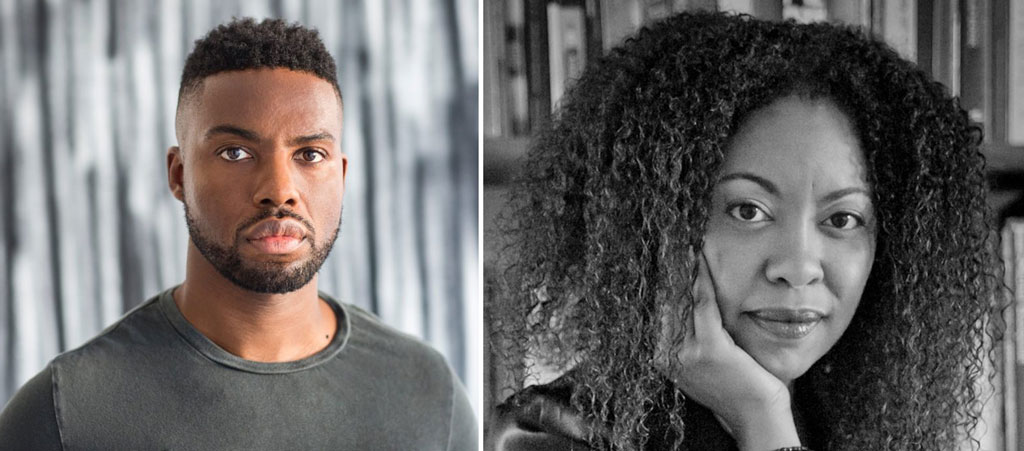[ad_1]

Adam Pendleton and Adrienne Edwards.
COURTESY ICA VCU, RICHMOND
Artist Adam Pendleton and curator Adrienne Edwards will join the advisory board for the Institute for Contemporary Art at Virginia Commonwealth University in Richmond. The new additions to the board come three months into Dominic Willsdon’s tenure as director of the museum.
Pendleton is a New York–based artist who was born in Richmond. His practice is concerned with the articulation and aesthetics of “Black Dada,” an amalgamation of blackness, abstraction, and the avant-garde, which formed the basis of a reader he published in 2017 through Koenig Books. His 2016 solo exhibition “Becoming Imperceptible” originated at the Contemporary Arts Center in New Orleans and traveled to the Museum of Contemporary Art, Denver and the Museum of Contemporary Art Cleveland. He is also a trustee of the Baltimore Museum of Art.
Edwards has been the curator of performance at the Whitney Museum in New York since May 2018. Prior to that she had been a curator of the New York–based performance-art biennial Performa since 2010. Previously she worked as a curator at large at the Walker Art Center in Minneapolis and organized the well-received exhibition “Blackness in Abstraction” at Pace Gallery in New York in 2016. Edwards collaborated with Willsdon in 2017 as part of a work by artist Julie Mehretu for Performa 17 when he was at the San Francisco Museum of Modern Art, which helped commission a suite of new paintings for the performance piece.
“They both have this subtle understanding of our immediate context,” Willsdon told ARTnews. “But then they’re both, of course, bringing experience from many other places and ideas of many other kinds of practice.”
Willsdon said that he plans to expand the advisory board to include national and international members. Current members include artist Diana Al-Hadid and Rachel Goslins, the director of the Arts & Industries Building at the Smithsonian. Because the ICA VCU is overseen by the university’s provost, the board serves to help guide the one-year-old museum as to what it should be in its first years.
“The conversation that’s animating people is around what should a contemporary art institute even be for the next decade,” Willsdon said. “We have a great opportunity to think about that from square one. . . . I’m getting a sense of the possibilities here.”
[ad_2]
Source link

